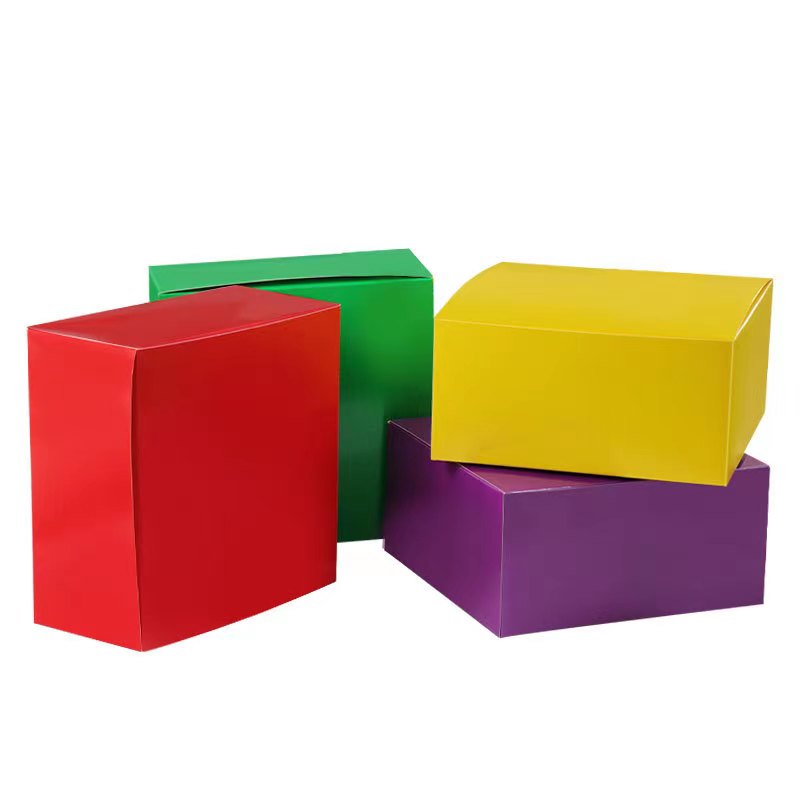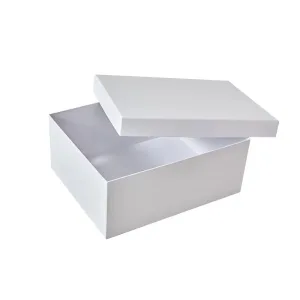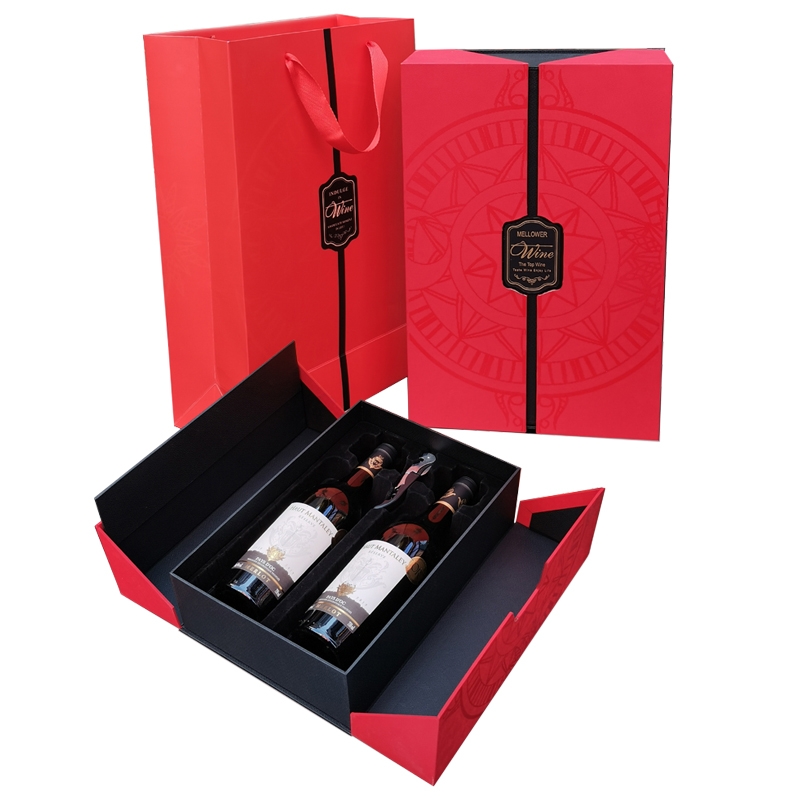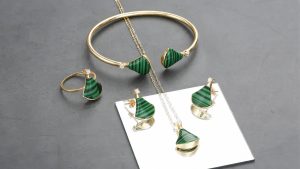Using color in product packaging is an essential aspect of branding and marketing. Color can evoke emotions and influence consumer behavior, making it a powerful tool for companies to differentiate their products from competitors and create a strong brand identity. In this article, we’ll explore the psychology of color and how it affects consumer perceptions of product packaging.
The psychology of color
The study of color psychology examines how different colors affect human behavior and emotions. Perception and response to a product can be influenced by various emotions and feelings that can be influenced by different colors. For example, warm colors like red, orange, and yellow can evoke feelings of excitement, warmth, and happiness. On the other hand, cool colors like blue, green, and purple can evoke feelings of calmness, trust, and sophistication.
- Red: Passion, energy, excitement, danger
- Orange: Warmth, enthusiasm, playfulness, youth
- Yellow: Cheerfulness, optimism, friendliness, caution
- Green: Health, growth, nature, balance
- Blue: Trust, stability, peace, serenity
- Purple: Creativity, luxury, royalty, spirituality
- Pink: Femininity, love, sweetness, innocence
- Black: Power, sophistication, elegance, mystery
- White: Purity, simplicity, cleanliness, innocence
- Grey: Neutrality, professionalism, formality, depression
- Brown: Reliability, stability, warmth, comfort
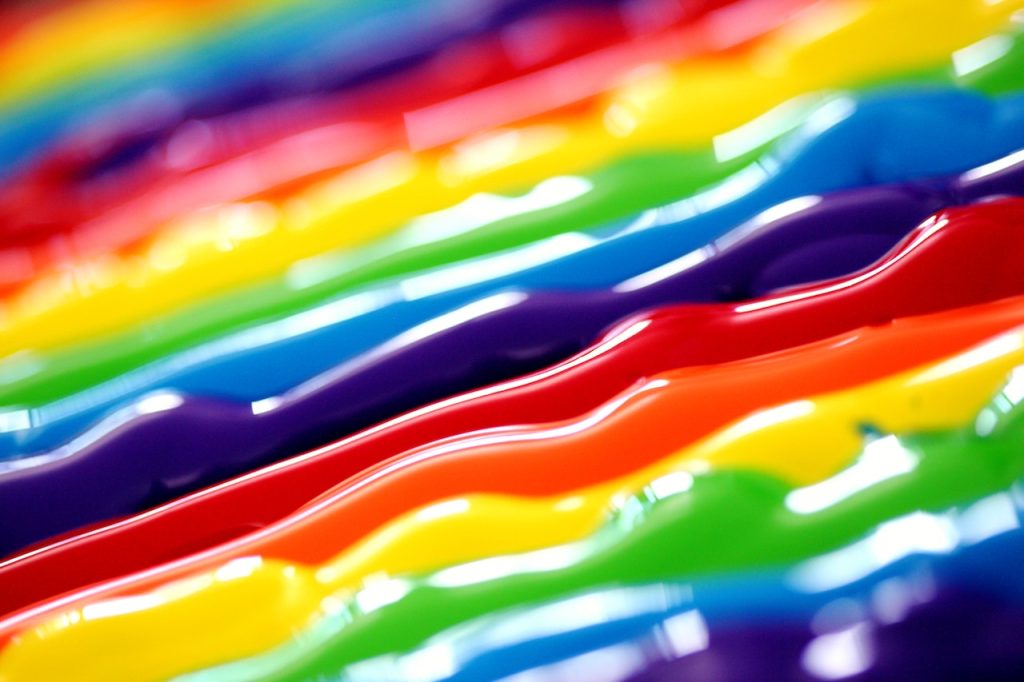
The Impact of Color on Consumer Perception
Researchers have found that consumers judge a product within 90 seconds of seeing it and that up to 90% of this judgment is based solely on color. The colors used in product packaging can affect how consumers perceive a product’s quality, value, and desirability. For example, a product packaged in sleek black or metallic colors may be perceived as high-end or luxurious, while a product packaged in bright, bold colors may be perceived as playful or fun.
Making the Right Color Choices for Your Product Packaging
When choosing colors for product packaging, it’s essential to consider the target audience, the product itself, and brand identity. For example, a children’s toy may be packaged in bright, playful colors to appeal to young children, while a luxury watch may be packaged in sophisticated, muted colors to appeal to high-end consumers.
The following tips will help you choose the appropriate colors for your product packaging:
- Consider the emotions you want to evoke: You should consider what emotions you want to evoke in your target audience and choose colors that correspond to these feelings.
- Use color to differentiate your product: Choose colors that set your product apart from competitors and create a strong brand identity.
- Consider cultural associations: Different cultures may have different associations with certain colors, so it’s important to consider the cultural context when choosing colors for global products.
Examples from the brands
Many successful brands have used color psychology to their advantage in product packaging. Here are a few examples:
- Coca-Cola: The iconic red color of the Coca-Cola brand has become synonymous with the brand itself, evoking feelings of happiness, energy, and excitement.
- Tiffany & Co.: The signature blue color of Tiffany & Co. packaging is instantly recognizable and associated with luxury and high-end products.
- Apple: Apple’s sleek, minimalist product packaging uses mostly white, with pops of color to draw attention to specific features of the product.
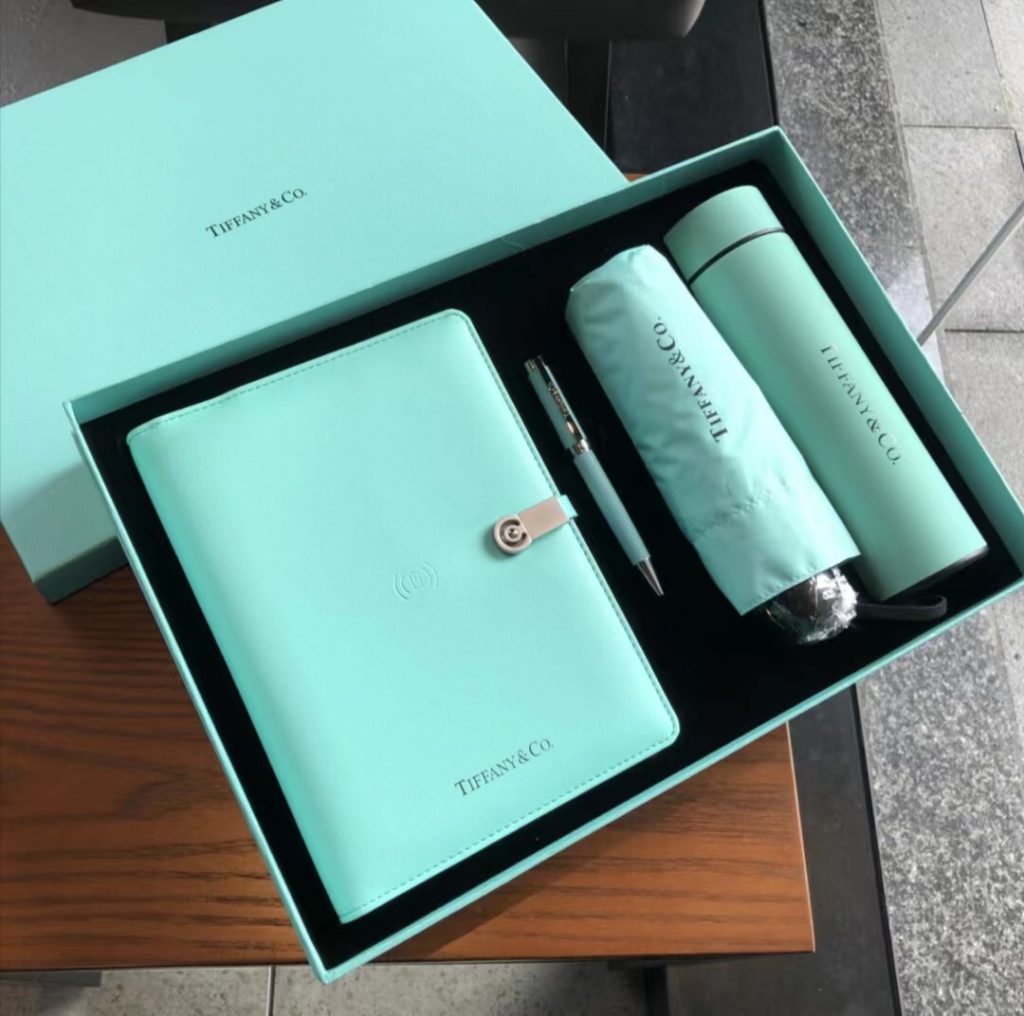
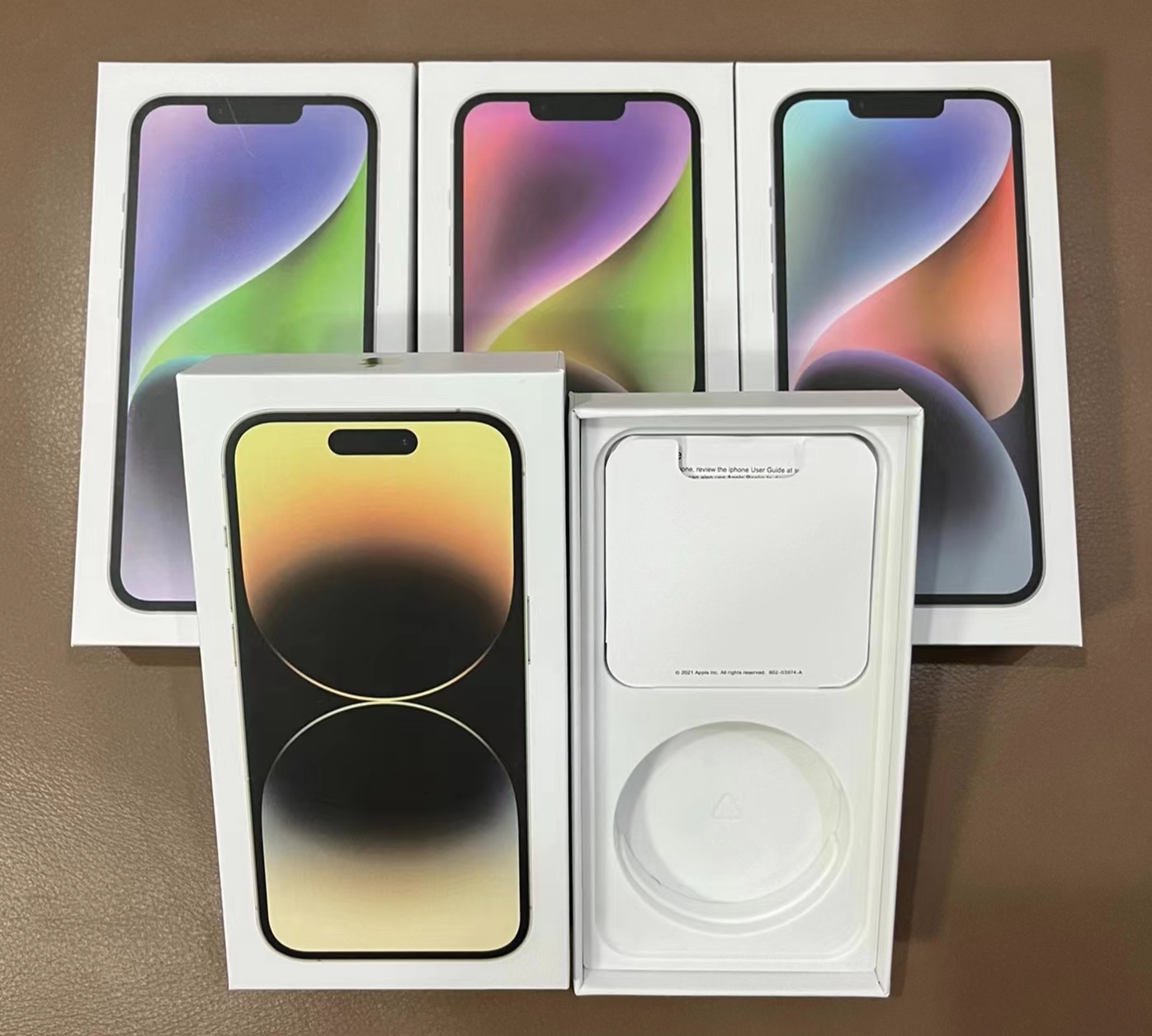
Companies can create effective product packaging by understanding the psychology of color and how it can affect consumer behavior. This helps to stand out on the shelves, influences purchase decisions and creates brand loyalty.
Color is a powerful tool in product packaging that can influence consumer behavior and perception. By choosing the right colors for your product packaging, you can create a strong brand identity, differentiate your product from competitors, and increase sales and customer loyalty. Utilizing these tips and real-world examples, you can use color psychology to create packaging that speaks to your target audience and drives your business forward.

